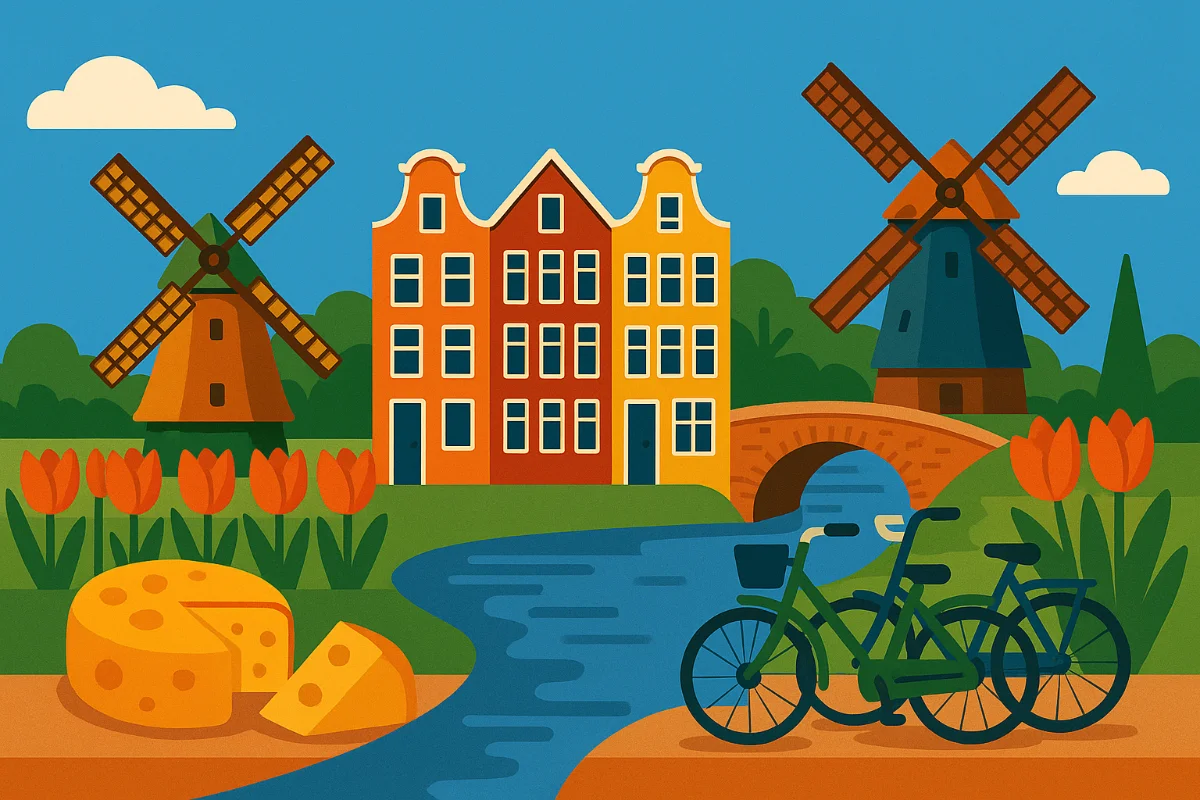Perfect Tense with 'zijn' (Voltooid Tegenwoordige Tijd - V.T.T.) (A2)
While most verbs use hebben in the perfect tense, some verbs use zijn (to be) as the auxiliary (helping) verb. This typically happens with verbs indicating:
- Change of State or Condition: Verbs like
worden(to become),sterven(to die),groeien(to grow),veranderen(to change),beginnen(to begin),stoppen(to stop). - Movement or Direction (from A to B): Verbs like
gaan(to go),komen(to come),lopen(to walk),rijden(to drive),vliegen(to fly),reizen(to travel),verhuizen(to move house). - Staying in a Place: Verbs like
blijven(to stay).
Formation:
Subject + Conjugated zijn + (Rest of sentence) + Past Participle
1. Conjugated zijn:
- ik ben
- jij/u bent
- hij/zij/het is
- wij/jullie/zij zijn
2. Past Participle: The formation rules for the past participle (ge+stem+d/t or irregular) are the same as for verbs using hebben.
gaan->gegaankomen->gekomenbeginnen->begonnenblijven->geblevenworden->geworden
Examples:
Ik ga naar huis.(I go home - Present) ->Ik ben naar huis gegaan.(I have gone home - Perfect)Zij komt uit Spanje.(She comes from Spain - Present) ->Zij is uit Spanje gekomen.(She has come from Spain - Perfect)De les begint.(The lesson begins - Present) ->De les is begonnen.(The lesson has begun - Perfect)Wij blijven thuis.(We stay home - Present) ->Wij zijn thuis gebleven.(We have stayed home - Perfect)Ben jij gisteren gekomen?(Did you come yesterday? - Question)
Key Points:
- You must memorize which verbs take
zijn. It's often related to movement or change. - The auxiliary verb (
zijn) is conjugated according to the subject. - The main action verb still goes to the end of the clause as a past participle.
- Common Error: Using
hebbenwith a verb that requireszijn(e.g.,Ik heb gegaanis incorrect).

